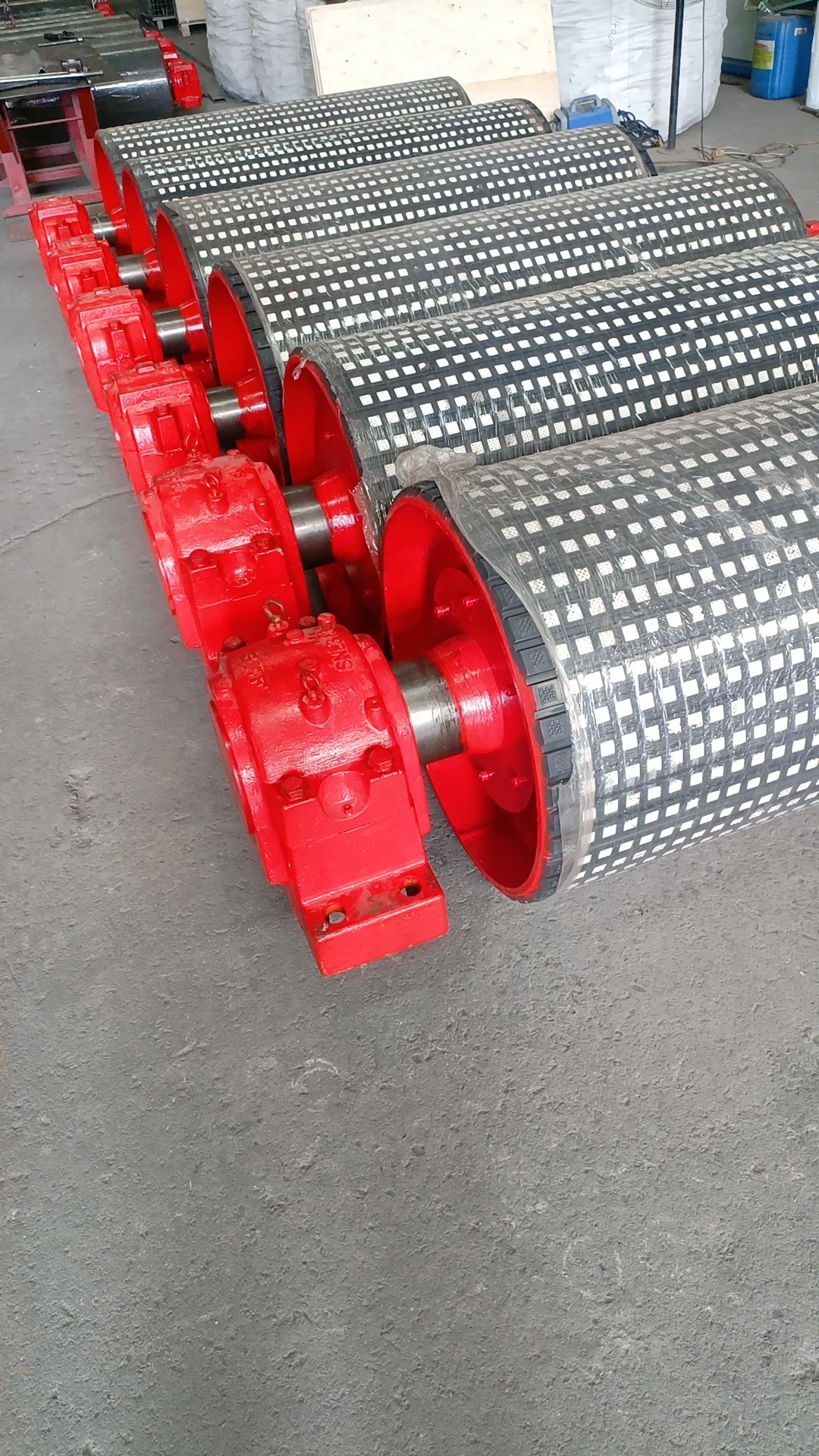 Afrikaans
Afrikaans  Albanian
Albanian  Amharic
Amharic  Arabic
Arabic  Armenian
Armenian  Azerbaijani
Azerbaijani  Basque
Basque  Belarusian
Belarusian  Bengali
Bengali  Bosnian
Bosnian  Bulgarian
Bulgarian  Catalan
Catalan  Cebuano
Cebuano  Corsican
Corsican  Croatian
Croatian  Czech
Czech  Danish
Danish  Dutch
Dutch  English
English  Esperanto
Esperanto  Estonian
Estonian  Finnish
Finnish  French
French  Frisian
Frisian  Galician
Galician  Georgian
Georgian  German
German  Greek
Greek  Gujarati
Gujarati  Haitian Creole
Haitian Creole  hausa
hausa  hawaiian
hawaiian  Hebrew
Hebrew  Hindi
Hindi  Miao
Miao  Hungarian
Hungarian  Icelandic
Icelandic  igbo
igbo  Indonesian
Indonesian  irish
irish  Italian
Italian  Japanese
Japanese  Javanese
Javanese  Kannada
Kannada  kazakh
kazakh  Khmer
Khmer  Rwandese
Rwandese  Korean
Korean  Kurdish
Kurdish  Kyrgyz
Kyrgyz  Lao
Lao  Latin
Latin  Latvian
Latvian  Lithuanian
Lithuanian  Luxembourgish
Luxembourgish  Macedonian
Macedonian  Malgashi
Malgashi  Malay
Malay  Malayalam
Malayalam  Maltese
Maltese  Maori
Maori  Marathi
Marathi  Mongolian
Mongolian  Myanmar
Myanmar  Nepali
Nepali  Norwegian
Norwegian  Norwegian
Norwegian  Occitan
Occitan  Pashto
Pashto  Persian
Persian  Polish
Polish  Portuguese
Portuguese  Punjabi
Punjabi  Romanian
Romanian  Russian
Russian  Samoan
Samoan  Scottish Gaelic
Scottish Gaelic  Serbian
Serbian  Sesotho
Sesotho  Shona
Shona  Sindhi
Sindhi  Sinhala
Sinhala  Slovak
Slovak  Slovenian
Slovenian  Somali
Somali  Spanish
Spanish  Sundanese
Sundanese  Swahili
Swahili  Swedish
Swedish  Tagalog
Tagalog  Tajik
Tajik  Tamil
Tamil  Tatar
Tatar  Telugu
Telugu  Thai
Thai  Turkish
Turkish  Turkmen
Turkmen  Ukrainian
Ukrainian  Urdu
Urdu  Uighur
Uighur  Uzbek
Uzbek  Vietnamese
Vietnamese  Welsh
Welsh  Bantu
Bantu  Yiddish
Yiddish  Yoruba
Yoruba  Zulu
Zulu rubber pulley
The Versatility and Utility of Rubber Pulleys
Rubber pulleys have become an increasingly popular component in various industrial, automotive, and mechanical applications due to their unique properties and versatility. As a specialized type of pulley, they are designed to efficiently transmit power, reduce noise, and provide exceptional grip, making them an indispensable tool in modern engineering and manufacturing processes. This article will explore the characteristics, advantages, and applications of rubber pulleys, highlighting their role in enhancing performance and durability in different settings.
Properties of Rubber Pulleys
Rubber pulleys are crafted primarily from high-quality rubber materials, which imbue them with several distinctive advantages over traditional metal or plastic pulleys. One of the standout features of rubber pulleys is their ability to absorb vibrations. This characteristic not only helps to reduce wear and tear on associated components but also minimizes the noise generated during operation. As a result, rubber pulleys are particularly suited for applications where sound reduction is a priority, such as in automotive engines and HVAC systems.
Another notable property of rubber pulleys is their enhanced traction capabilities. The rubber surface allows for superior grip on belts and cables, reducing the likelihood of slippage during operation. This feature is critical in scenarios requiring precise power transmission, as it ensures that energy is effectively transferred, maintaining consistent performance levels. Additionally, rubber's flexibility allows the pulley to adapt to varying loads without compromising the integrity of the system.
Advantages of Rubber Pulleys
The adoption of rubber pulleys comes with a range of advantages that make them a preferred choice in many applications
. One significant advantage is their resistance to various environmental factors, including moisture, chemicals, and temperature fluctuations. This resilience extends the lifespan of the pulley and minimizes the need for frequent replacements, leading to lower maintenance costs over time.Moreover, rubber pulleys are generally lighter than their metal counterparts, which can contribute to overall weight reduction in machinery. This weight savings can enhance the efficiency of systems, particularly in mobile applications where every ounce counts. The lightweight nature of rubber pulleys also allows for easier installation and handling during assembly, further streamlining production processes.
rubber pulley

Another benefit is the cost-effectiveness that rubber pulleys offer. While initial costs may vary depending on the specific design and material quality, the long-term savings provided by reduced maintenance and improved energy efficiency generally justify the investment. Additionally, their durability can lead to extended intervals between replacements, making them an economically wise choice for industries looking to optimize their operations.
Applications of Rubber Pulleys
Rubber pulleys find applications across a wide array of industries, demonstrating their versatility. In the automotive sector, they are commonly used in engine timing systems, where their noise reduction and grip properties enhance the performance of timing belts. Similarly, in conveyor systems, rubber pulleys help in facilitating smooth material handling and transport, ensuring that goods are moved efficiently without the risk of slipping.
In manufacturing settings, rubber pulleys are often an integral part of machinery used in production lines, helping to create seamless workflows. Their ability to withstand harsh conditions makes them ideal for high-demand environments, such as food processing plants, where hygiene and reliability are paramount.
Furthermore, rubber pulleys have gained traction in the fitness industry, particularly in exercise equipment like treadmills and stationary bikes. Their noise-reducing properties and ability to provide a smooth workout experience have made them a staple in designing reliable and enjoyable fitness machines.
Conclusion
In conclusion, rubber pulleys represent a significant advancement in pulley technology, offering unique benefits that cater to a wide range of applications. Their vibration-dampening properties, excellent grip, and resistance to environmental factors make them an attractive choice in various industries. As manufacturers continue to innovate and seek out materials that enhance productivity and efficiency, rubber pulleys will undoubtedly remain at the forefront, proving their worth as essential components in modern mechanical design. Whether in automotive engineering, manufacturing, or fitness, the impact of rubber pulleys is felt across multiple domains, showcasing their vital role in progress and performance improvement.
-
Revolutionizing Conveyor Reliability with Advanced Rubber Lagging PulleysNewsJul.22,2025
-
Powering Precision and Durability with Expert Manufacturers of Conveyor ComponentsNewsJul.22,2025
-
Optimizing Conveyor Systems with Advanced Conveyor AccessoriesNewsJul.22,2025
-
Maximize Conveyor Efficiency with Quality Conveyor Idler PulleysNewsJul.22,2025
-
Future-Proof Your Conveyor System with High-Performance Polyurethane RollerNewsJul.22,2025
-
Driving Efficiency Forward with Quality Idlers and RollersNewsJul.22,2025





























